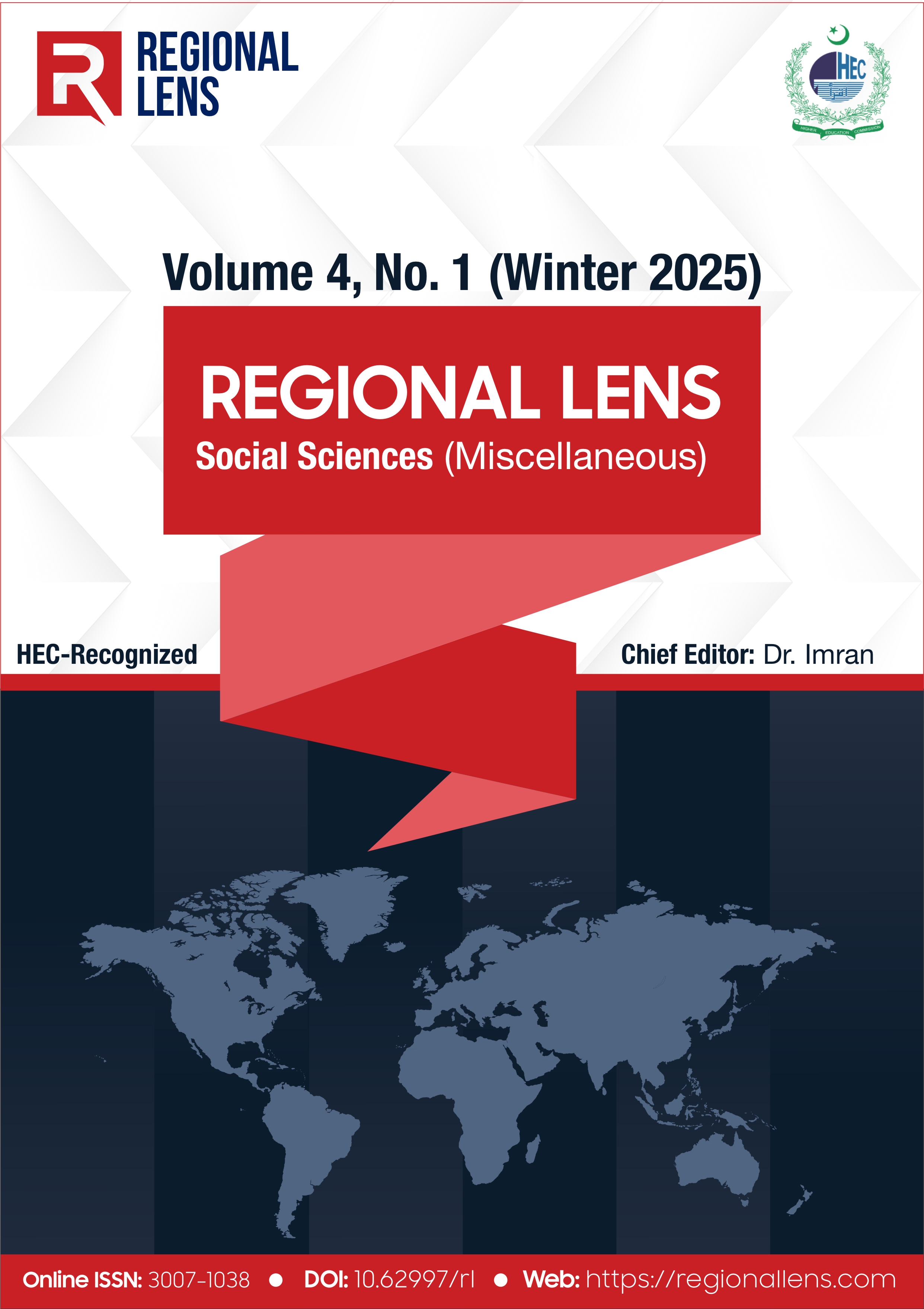The Effect of Duration of Social Media (Videos) on Self-Esteem
DOI:
https://doi.org/10.62997/rl.2024.31024Keywords:
Social Media, Videos, Self-Esteem, University Students, Laboratory EnvironmentAbstract
The goal of the current research is to determine the impact of social media video consumption duration on self-esteem among university students. The sample size for this study was 151 University students, of which 91 were females and 60 were males with the age range of 18 to 25. They participated in a controlled, between-subjects laboratory experiment and were randomly assigned to one of the four conditions, Happy Multiple Videos, Happy Single Video, Sad Multiple Videos, and Sad Single Videos. Their perception of time and self-esteem levels were assessed before and after exposure to these video stimuli. Findings indicate a weak, non-significant correlation between social media usage duration and self-esteem levels. The results suggest that while emotional valence (happiness or sadness) of content may influence mood, the duration of video exposure does not have a substantial effect on self-esteem. The study highlights the need for further research into the nuanced psychological. impacts of social media video consumption.
References
Barry, C. T., & Wong, M. Y. (2020). Fear of missing out (FoMO): A generational phenomenon or an individual difference? Journal of Social and Personal Relationships, 37(12), 2952- 2966. https://doi.org/10.1177/0265407520945394
Beyens, I., Pouwels, J. L., van Driel, I. I., Keijsers, L., & Valkenburg, P. M. (2020). The effect of social media on well-being differs from adolescent to adolescent. Scientific reports, 10(1), 10763. https://doi.org/10.1038/s41598-020-67727-7
Chowdhury, A. M., & bin Ahsan, W. (2024). Impact of social media on body image and mental health among youth in Bangladesh: A mixed-methods study. Userhub Journal. https://doi.org/10.58947/journal.fzra78
Daniels, S., & Willard, V. W. (2023). Social media interactions after diagnosis: Social experiences of adolescents and young adults (AYA) with cancer. Journal of Psychosocial Oncology, 1- 14. https://doi.org/10.1080/07347332.2023.2249876
Dias, P., & Duarte, A. (2022). TikTok Practices among Teenagers in Portugal: A Uses & Gratifications Approach. Journalism and Media, 3(4), 615–632. https://doi.org/10.3390/journalmedia3040041
Farooq, H. O., Farrukh, H., & khan, Z. (2023). The Influence of Social Media on Adolescents’ Self-Esteem. Qlantic Journal of Social Sciences and Humanities, 4(3), 173–182. https://doi.org/10.55737/qjssh.413440589.
Goffman, E. (2016). The presentation of self in everyday life Social Theory Re-Wired (pp. 482-493): Routledge
Hartikainen, H., Razi, A., & Wisniewski, P. (2021). Safe sexting: The advice and support adolescents receive from peers regarding online sexual risks. Proceedings of the ACM on Human-Computer Interaction, 5(CSCW1), 1-31. https://doi.org/10.1145/3449116
Liu, M., Zhuang, A., Norvilitis, J. M., & Xiao, T. (2024). Usage patterns of short videos and social media among adolescents and psychological health: A latent profile analysis. Computers in Human Behavior, 151(108007), 108007. https://doi.org/10.1016/j.chb.2023.108007
Martínez-Estrella, E.-C., Samacá-Salamanca, E., García-Rivero, A., & Cifuentes-Ambra, C. (2023). Generation Z in Chile, Colombia, México, and Panama: Interests and new digital consumption habits. Their use of Instagram and TikTok. El Profesional de La Información. https://doi.org/10.3145/epi.2023.mar.18
Orehek, E., & Human, L. J. (2017). Self-expression on social media: Do tweets present accurate and positive portraits of impulsivity, self-esteem, and attachment style?. Personality and social psychology bulletin, 43(1), 60-70. https://doi.org/10.1177/0146167216675332
Orth, U., & Robins, R. W. (2022). Is high self-esteem beneficial? Revisiting a classic question. American Psychologist, 77(1), 5-17. https://doi.org/10.1037/amp0000922
Palermiti, A. L., Servidio, R., Bartolo, M. G., & Costabile, A. (2017). Cyberbullying and self-esteem: An Italian study. Computers in Human Behavior, 69, 136-141. https://doi.org/10.1016/j.chb.2016.12.026
Qin, Y., Omar, B., & Musetti, A. (2022). The addiction behavior of short-form video app TikTok: The information quality and system quality perspective. Frontiers in Psychology, 13. https://doi.org/10.3389/fpsyg.2022.932805
Rony, R. J., & Ahmed, N. (2021). “If My Contents Go Viral, Then I will be a Celebrity”: Teens Online Behavior and Support Interventions in Bangladesh. SSRN Electronic Journal. https://doi.org/10.2139/ssrn.4022511
Rosenberg, M. (1965). Rosenberg self-esteem scale (RSE). Acceptance and commitment therapy. Measures package, 61(52), 18.
Tylka, T. L., Rodgers, R. F., Calogero, R. M., Thompson, J. K., & Harriger, J. A. (2023). Integrating social media variables as predictors, mediators, and moderators within body image frameworks: Potential mechanisms of action to consider in future research. Body Image, 44, 197- 221. https://doi.org/10.1016/j.bodyim.2023.01.004
Zheng, A., Duff, B. R., Vargas, P., & Yao, M. Z. (2020). Self-presentation on social media: When self enhancement confronts self-verification. Journal of Interactive Advertising, 20(3), 289- 302. https://doi.org/10.1080/15252019.2020.1841048.




